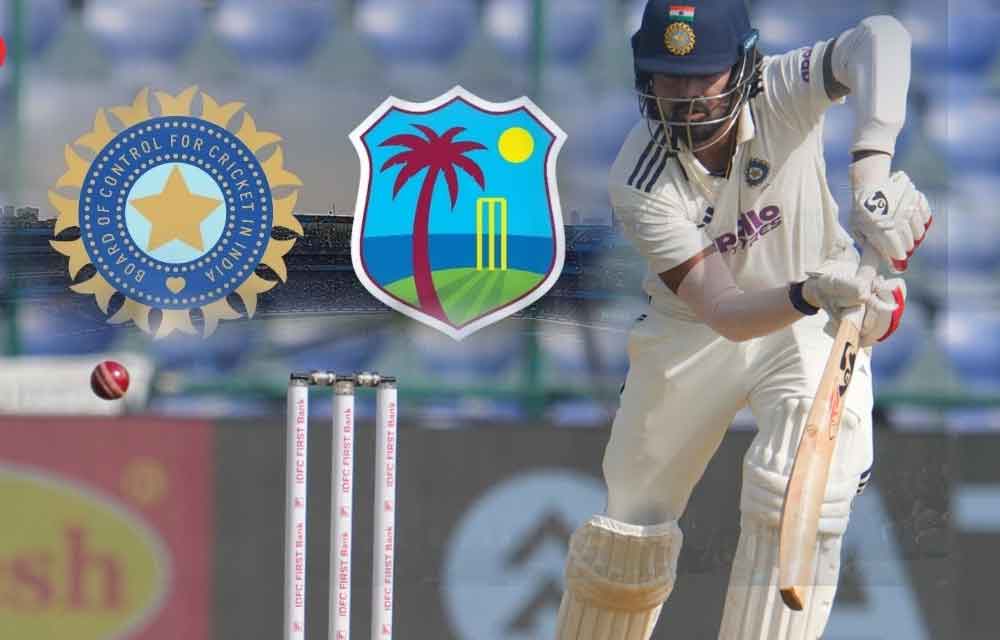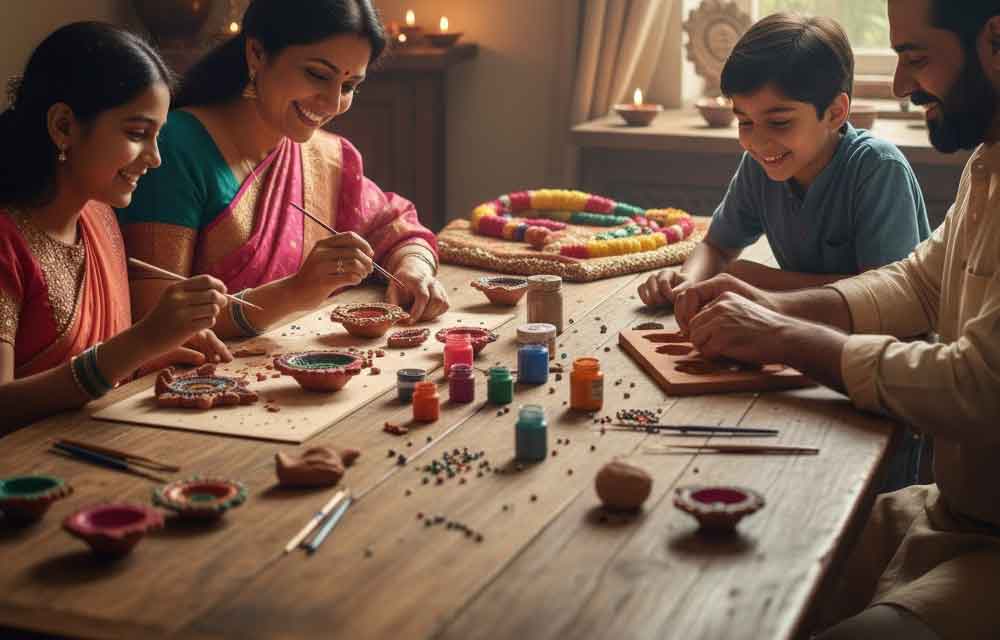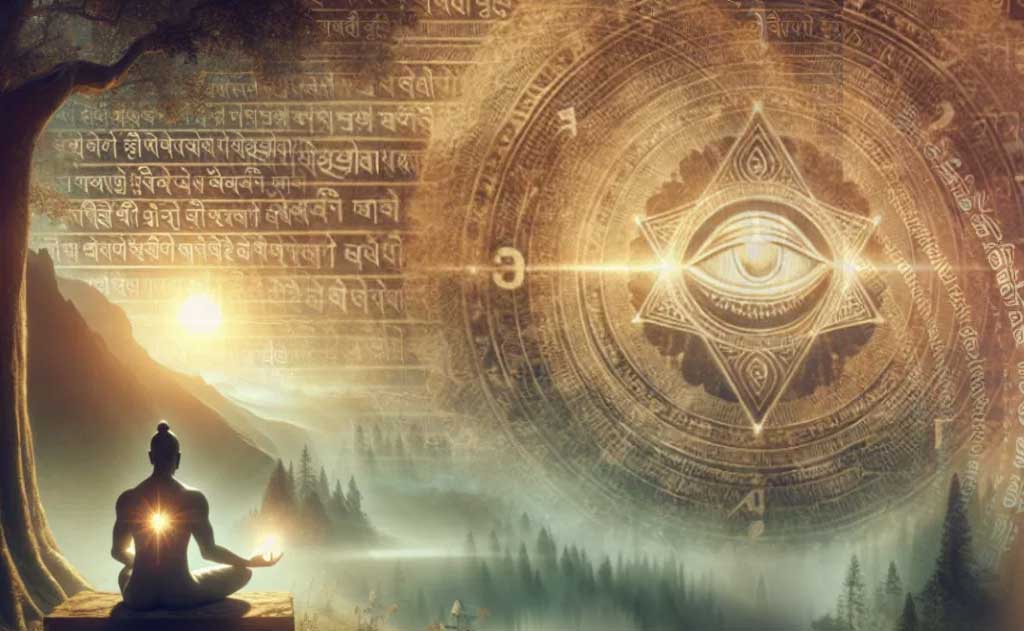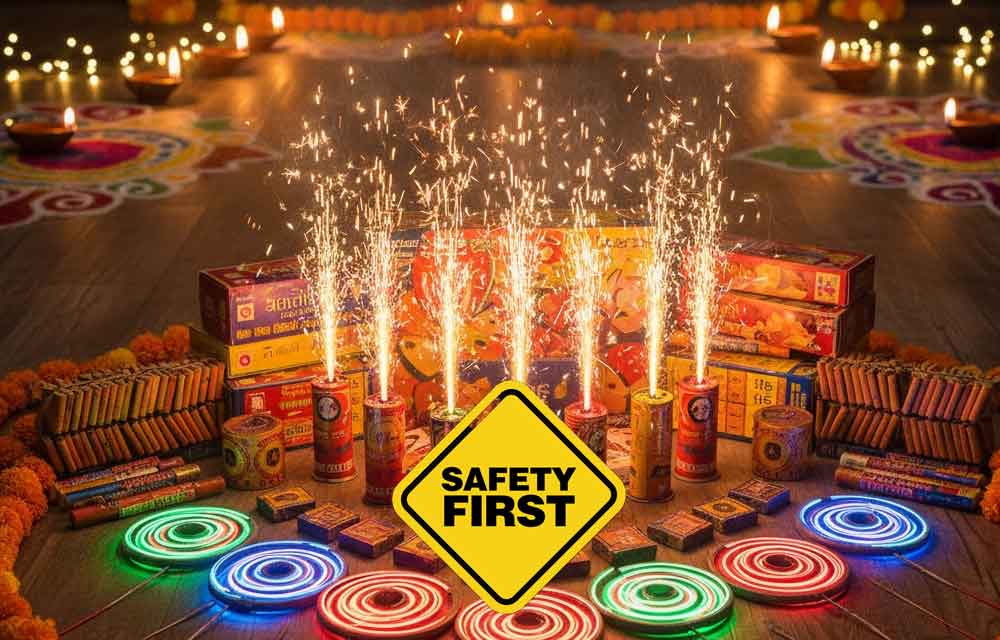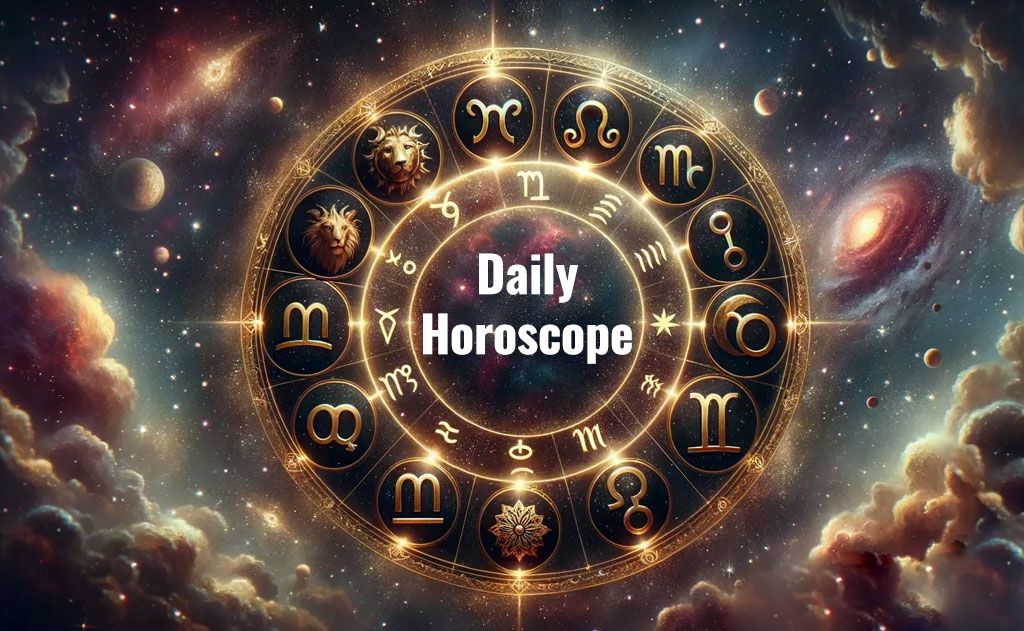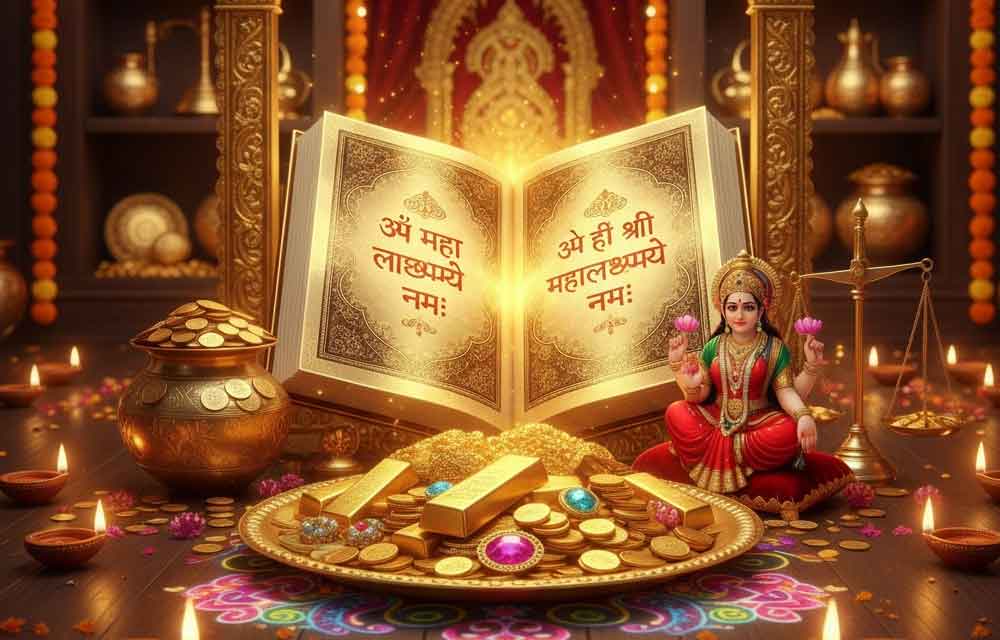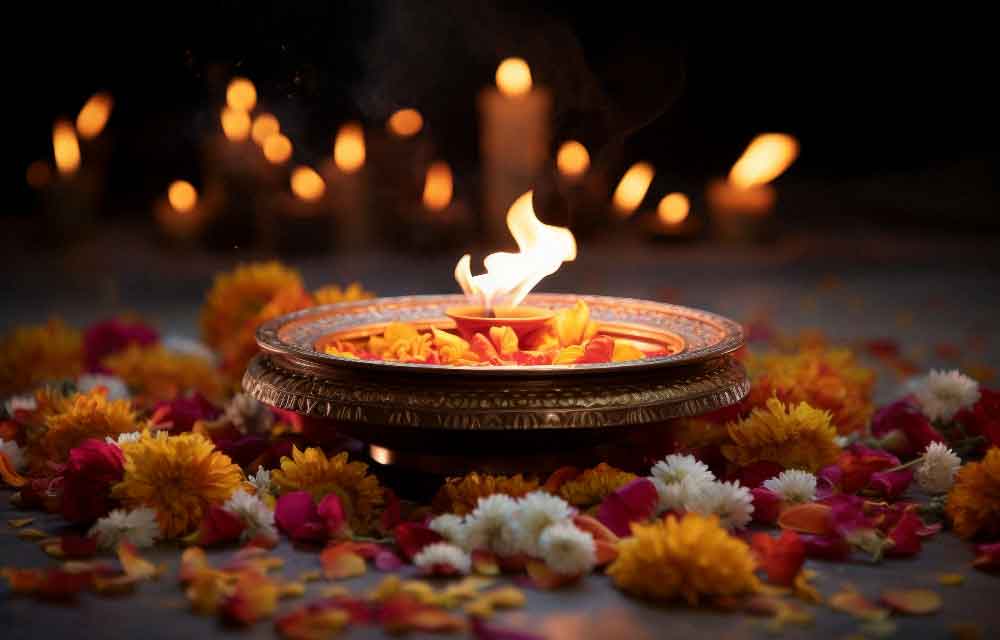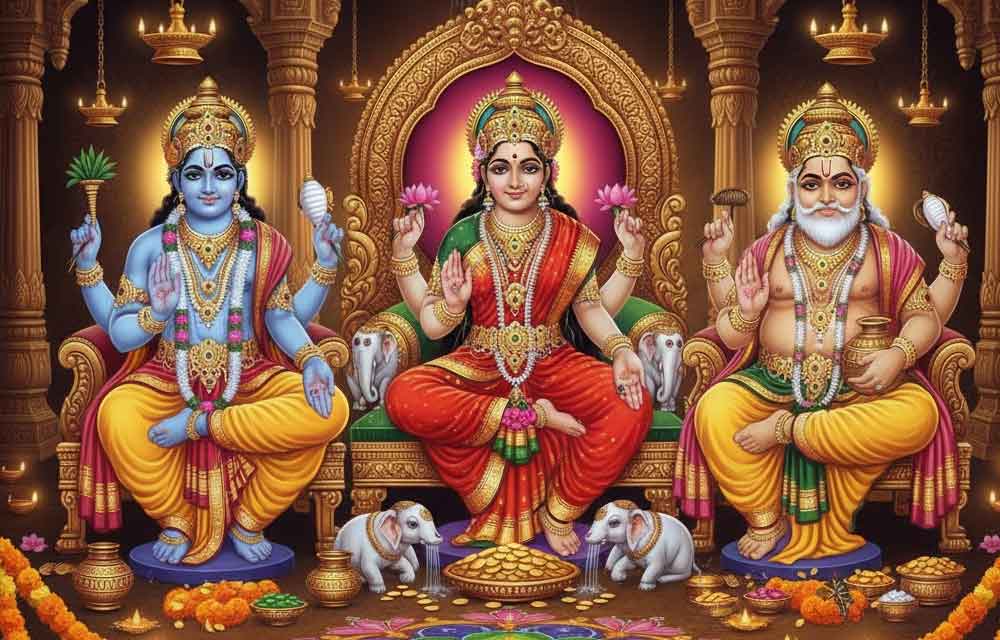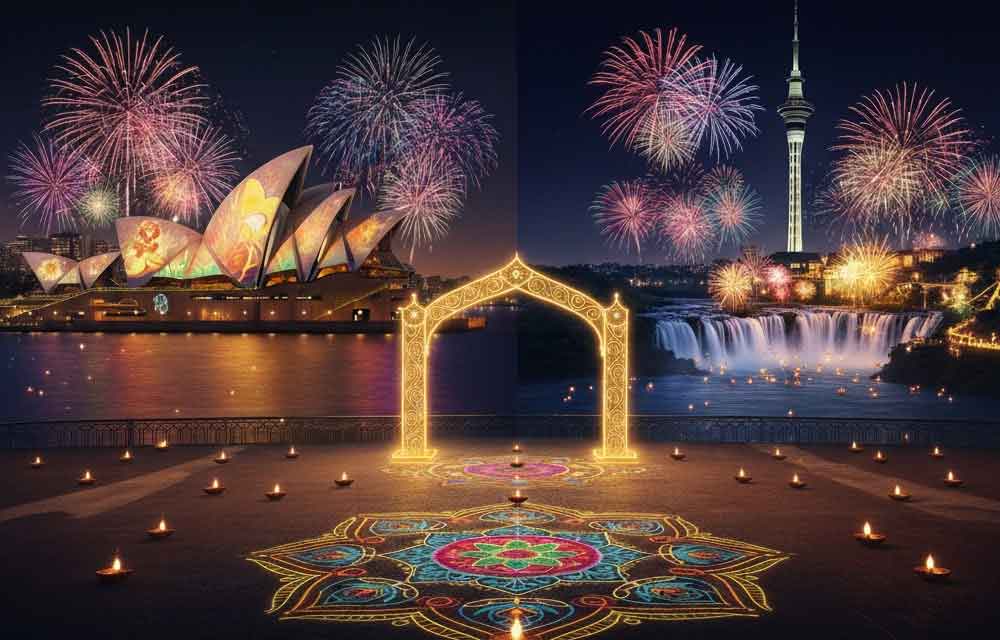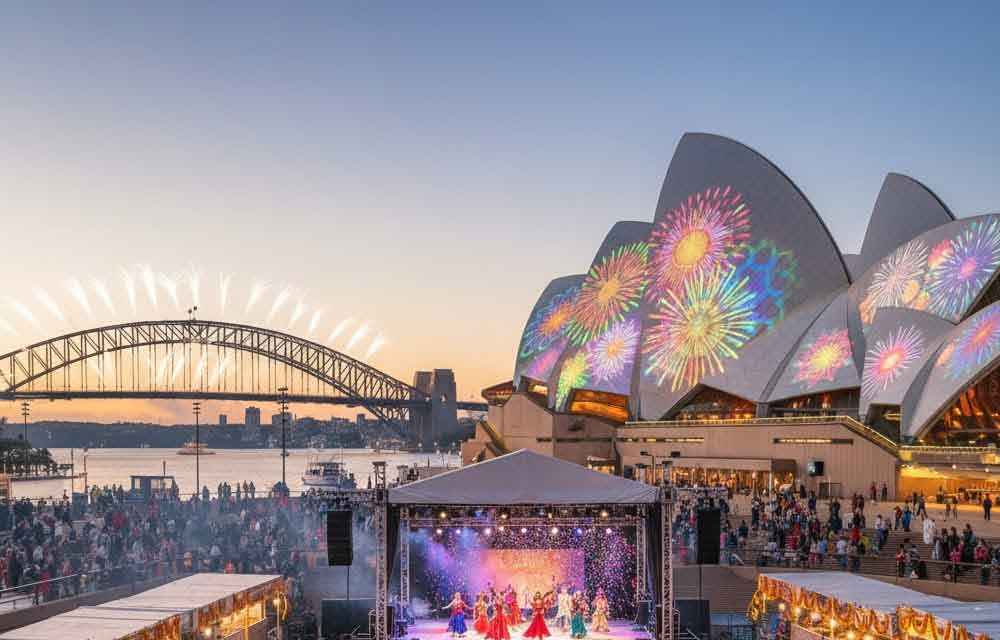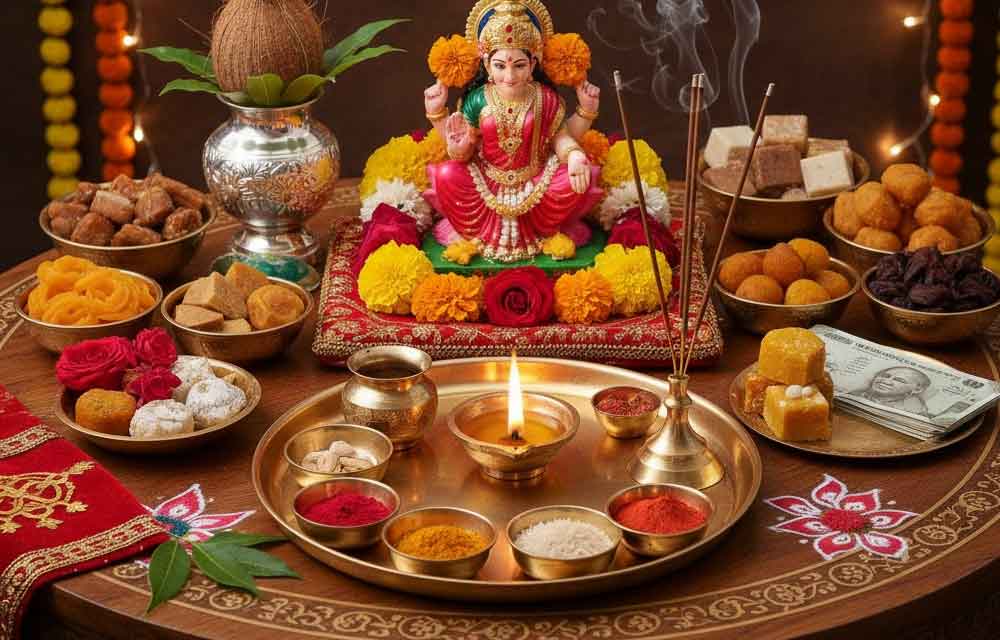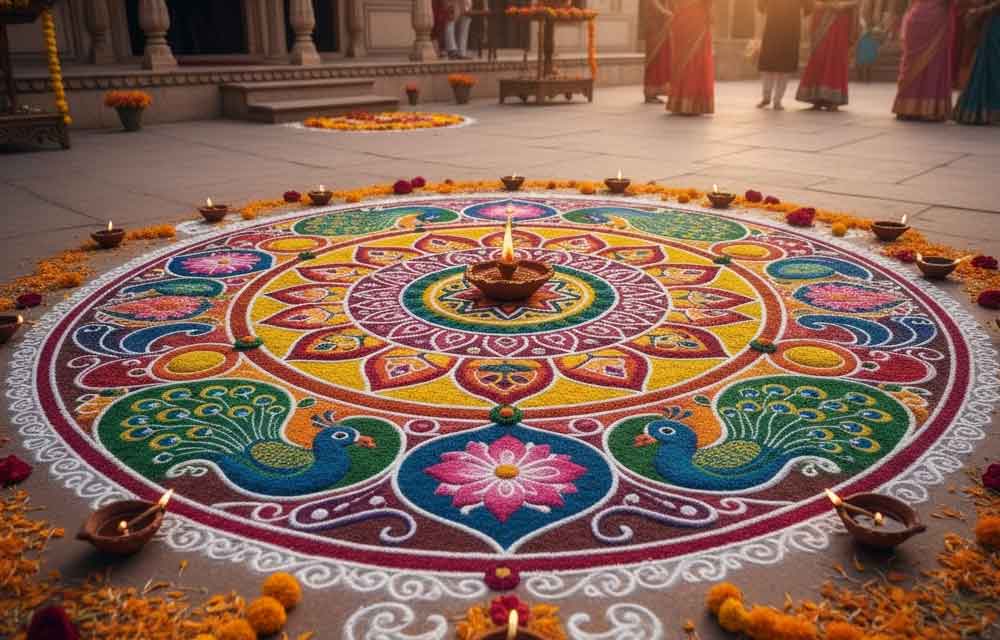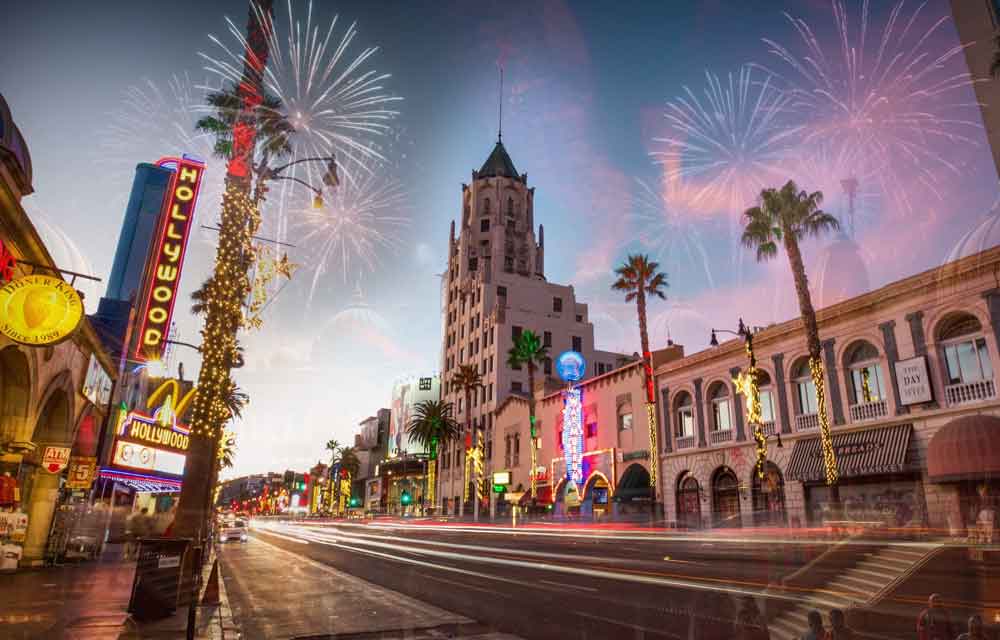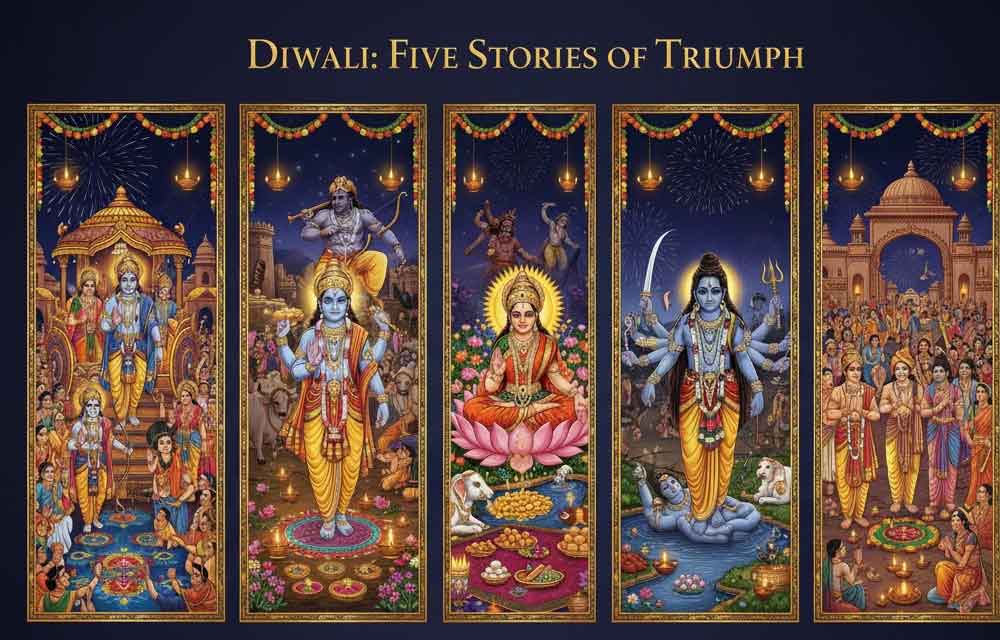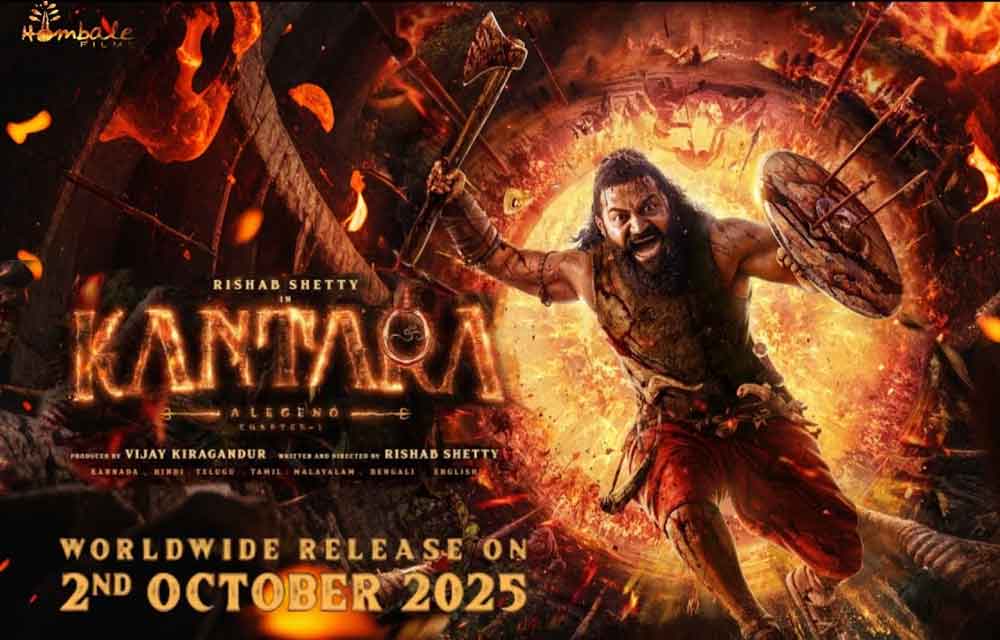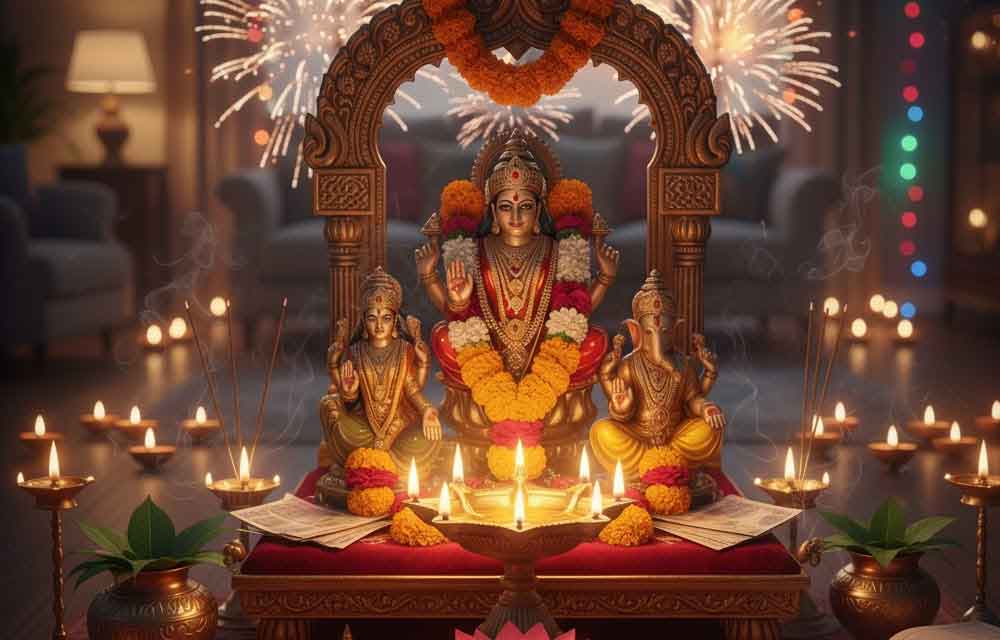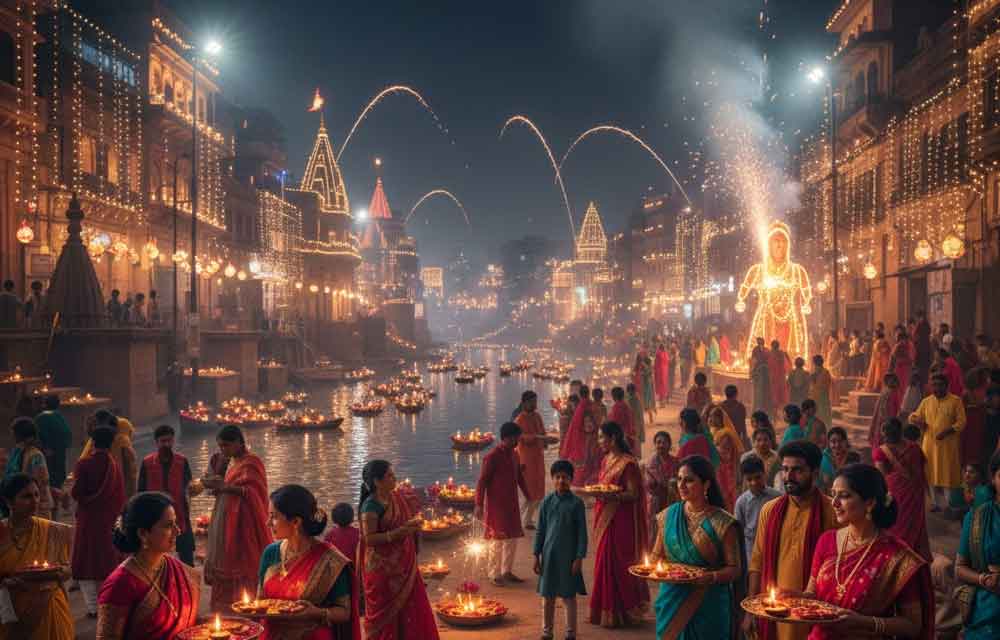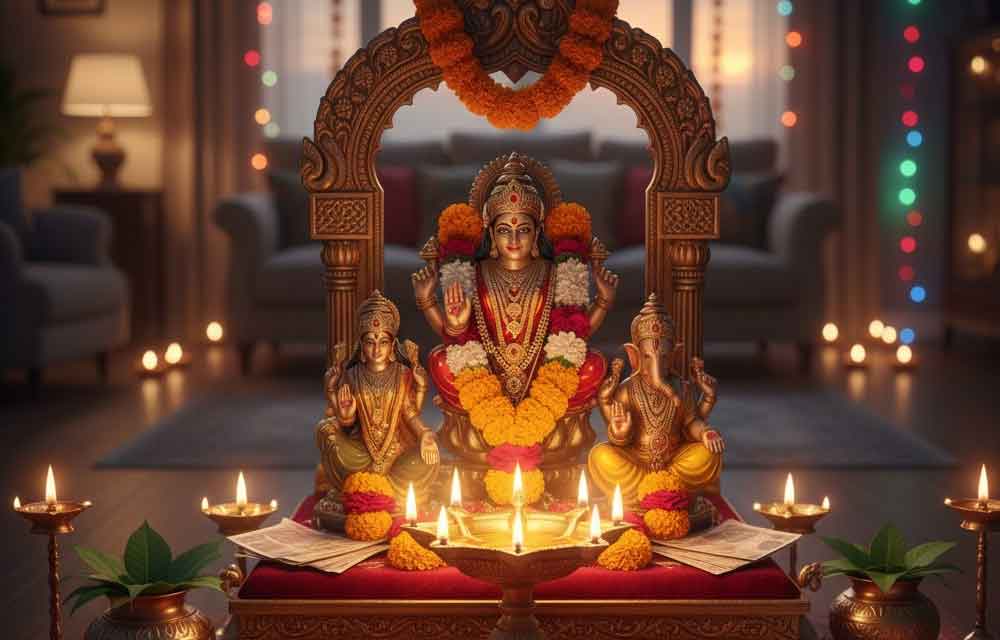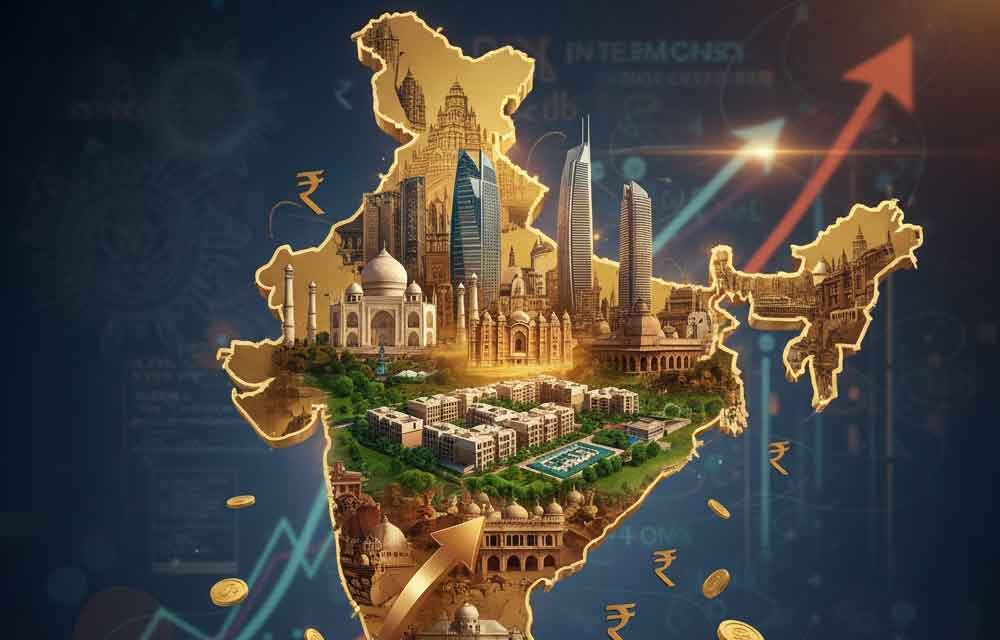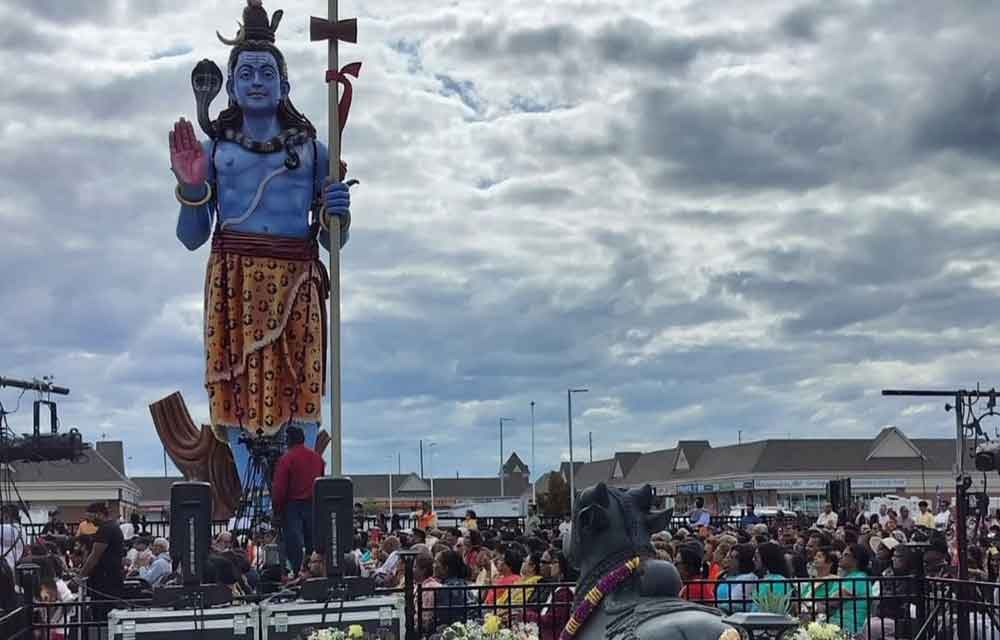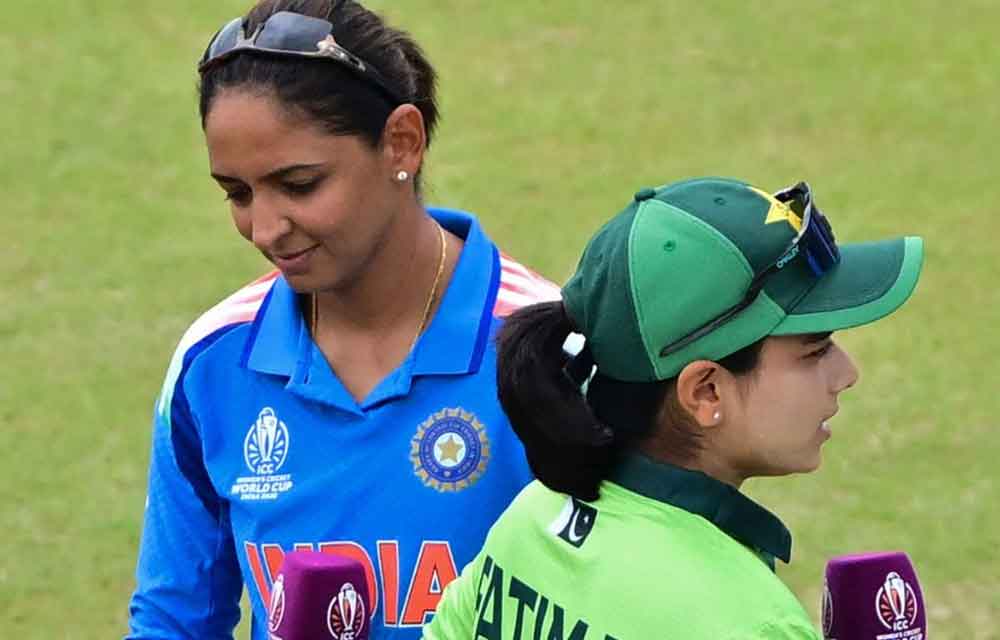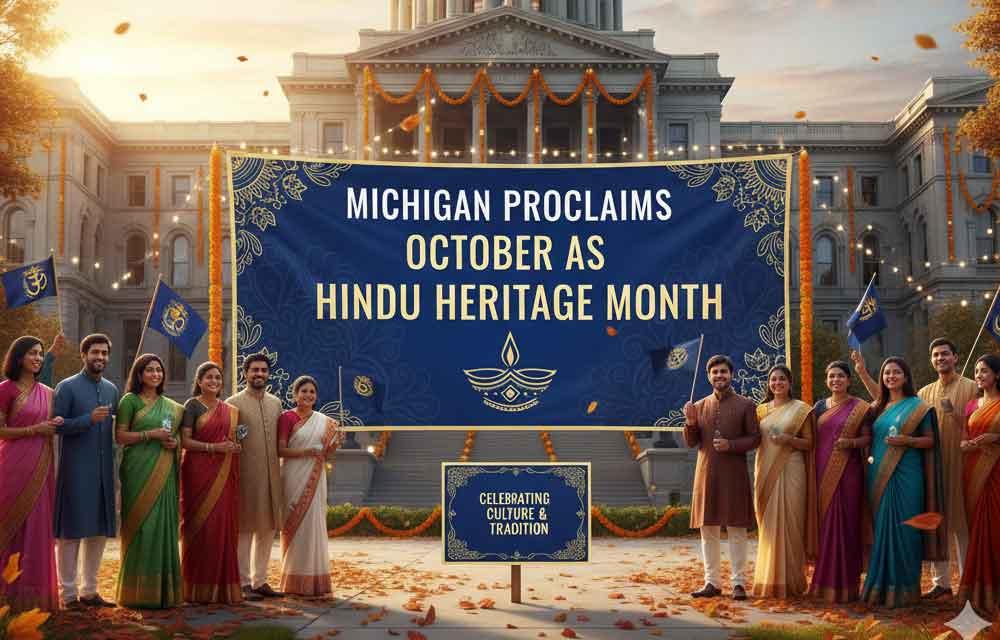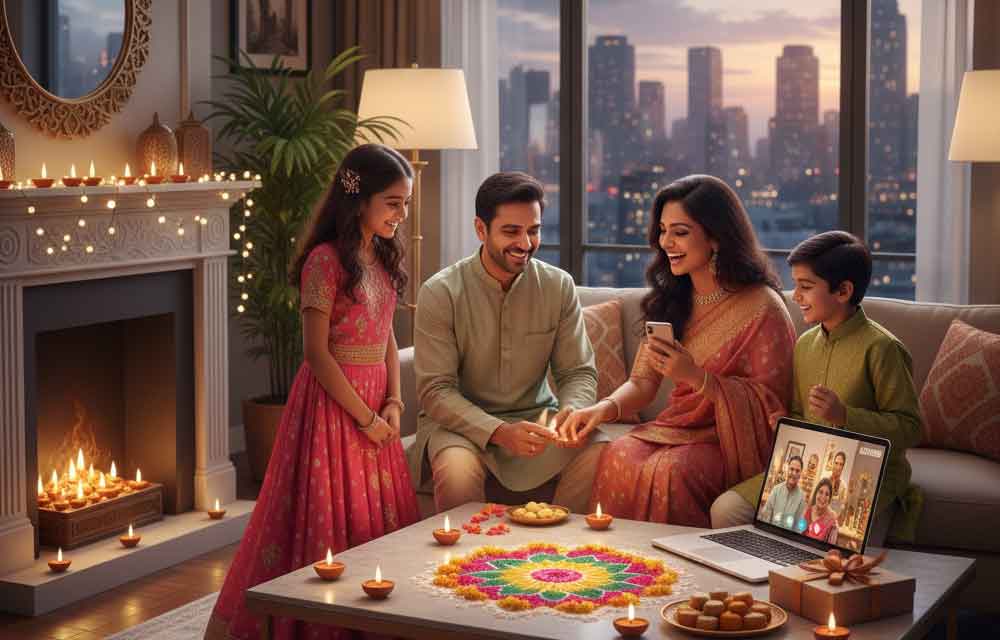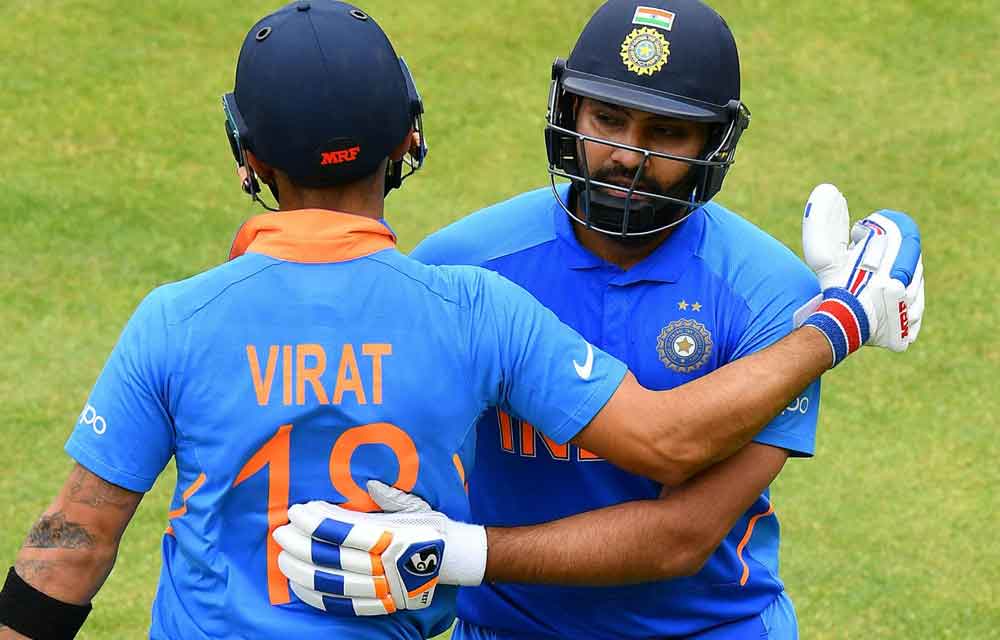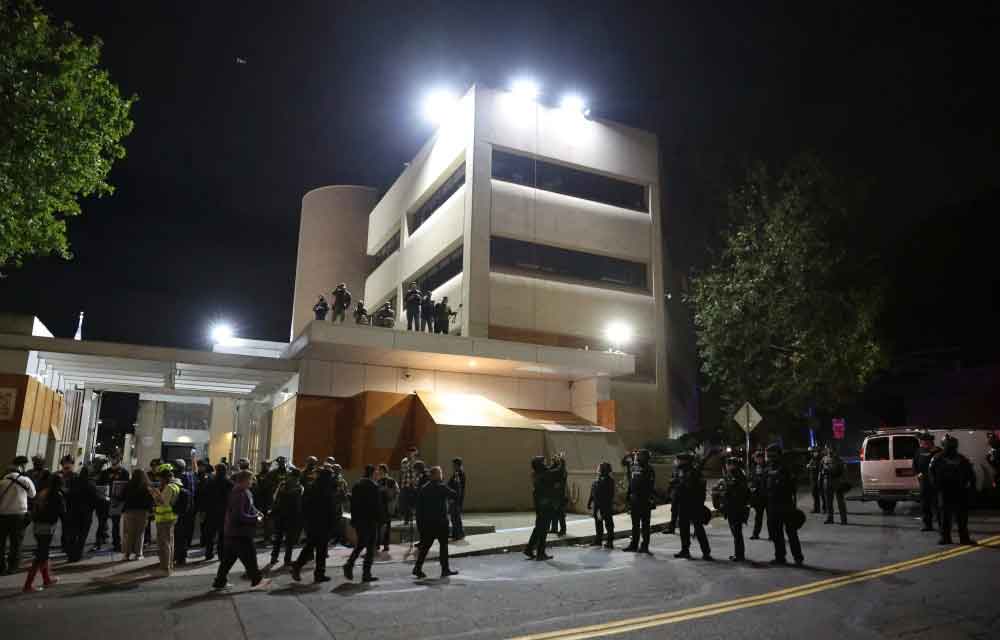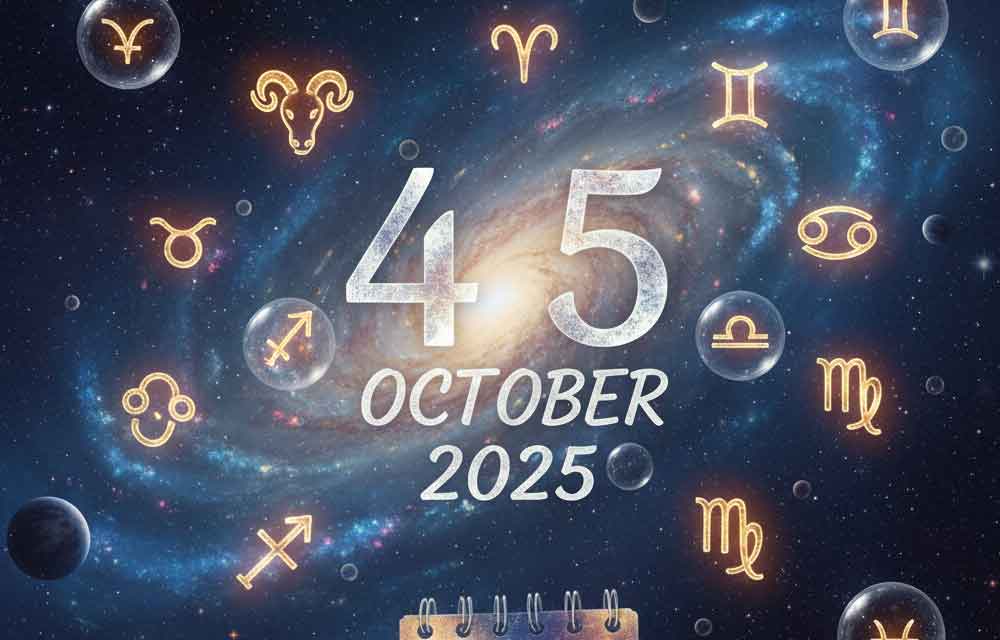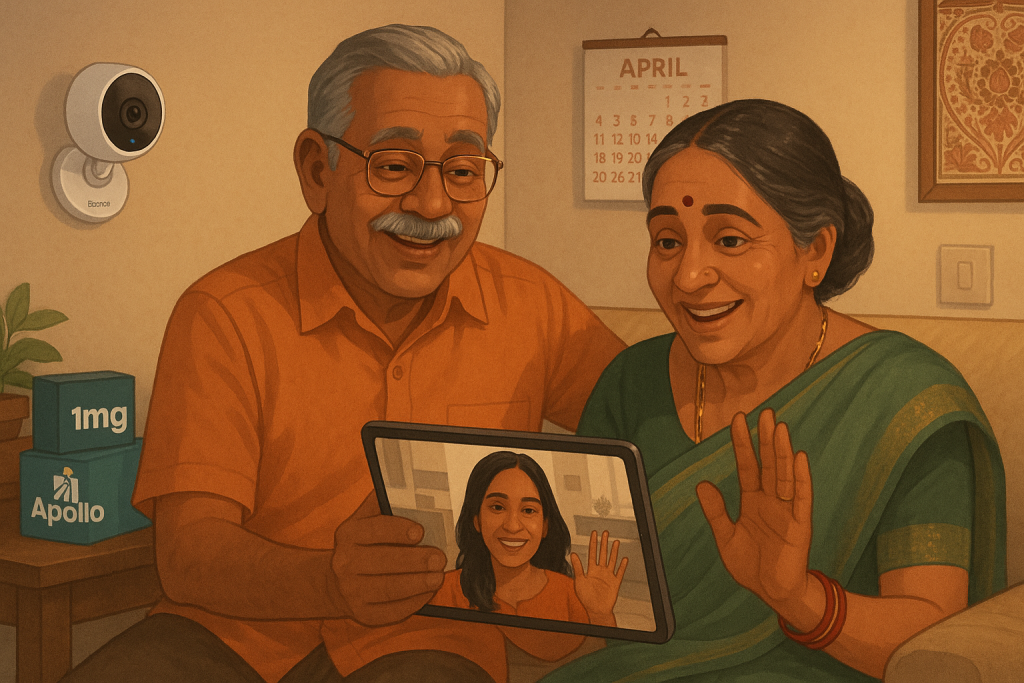The Stories Behind Diwali: Rama, Krishna, Lakshmi, and More
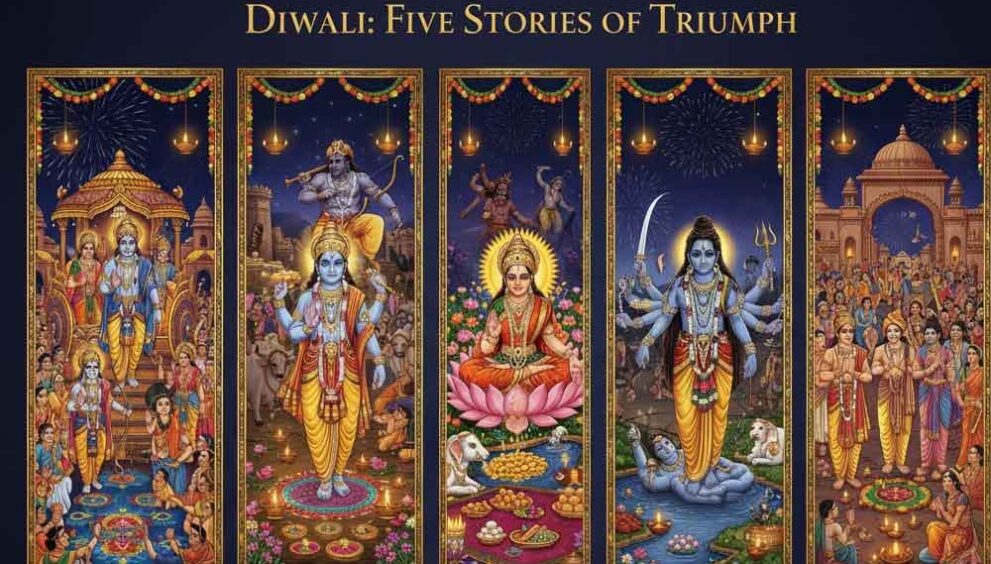
Exploring the Rich Mythological Origins of India’s Festival of Lights
Diwali, the Festival of Lights, is one of the most celebrated and beloved festivals in India. But did you know that this luminous celebration is rooted in multiple ancient stories from Hindu mythology? Depending on which region of India you’re in, Diwali commemorates different divine events—from Lord Rama’s triumphant return to Ayodhya to Lord Krishna’s victory over a demon king, from Goddess Lakshmi’s birth to King Bali’s devotion.
This comprehensive guide explores the fascinating mythological origins of Diwali, revealing why this festival holds such profound meaning across different traditions and regions of India.
Lord Rama’s Return to Ayodhya – The North Indian Story
The Most Popular Diwali Legend
The most widely known Diwali story comes from the Hindu epic Ramayana, which tells of Prince Rama’s return to his kingdom of Ayodhya after 14 years of exile, accompanied by his wife Sita and brother Lakshmana, following his defeat of the demon king Ravana.
The Complete Story of Rama’s Journey
The Beginning: A Royal Intrigue
Long ago, in the prosperous kingdom of Ayodhya, King Dasharatha ruled wisely and justly. He had three queens and four sons, with Rama being the eldest and most beloved. As Dasharatha grew old, he decided to crown Rama as the crown prince and future king.
However, destiny had other plans. Queen Kaikeyi, Rama’s stepmother, manipulated by her maidservant Manthara, reminded the king of two boons he had once promised her. She demanded that her own son Bharata be crowned king instead, and that Rama be exiled to the forest for fourteen years.
Bound by his word, King Dasharatha had no choice but to grant these wishes, though it broke his heart. Rama, being the embodiment of dharma (righteousness), accepted his exile without complaint. His devoted wife Sita and loyal brother Lakshmana insisted on accompanying him into the forest.
The Abduction of Sita
During their exile, the trio lived peacefully in the forest until the demon king Ravana, ruler of Lanka, heard of Sita’s beauty. Ravana, who had ten heads and twenty arms, devised a cunning plan. He sent a golden deer to distract Rama and Lakshmana, then abducted Sita and carried her away to his island kingdom of Lanka.
Rama was devastated. He searched desperately for his beloved wife, eventually forming an alliance with Hanuman, the mighty monkey warrior, and his army of vanaras (monkey-like beings).
The Great War of Lanka
With Hanuman’s help, Rama learned of Sita’s location. He built a bridge across the ocean to Lanka (which still exists as Ram Setu or Adam’s Bridge) and waged a great war against Ravana. The epic battle lasted many days, with Rama’s forces fighting against Ravana’s demon army.
Finally, in a climactic duel, Rama defeated Ravana using the divine Brahmastra arrow, killing him and ending his reign of terror. This victory of good over evil is central to the Diwali celebration.
The Glorious Return
After rescuing Sita and completing his fourteen-year exile, Rama, Sita, and Lakshmana returned to Ayodhya on the new moon night of Kartik month—the darkest night of the year. The people of Ayodhya, overjoyed at the return of their righteous prince, lit thousands of clay lamps (diyas) to illuminate the path for their beloved king and to celebrate his victory over evil.
The entire kingdom sparkled with lights, and the celebration was so grand that it has been recreated every year since, giving birth to the tradition of lighting lamps on Diwali.
Spiritual Significance
The story of Rama represents:
- Dharma (Righteousness): Rama’s unwavering commitment to truth and duty
- Victory of Good over Evil: The defeat of the demon Ravana
- Light over Darkness: The illumination of Ayodhya symbolizing the dispelling of ignorance
- Family Values: The devotion between Rama, Sita, Lakshmana, and Hanuman
- Justice: The restoration of rightful rule after years of exile
How It’s Celebrated
In North India, especially in places like Ayodhya, Varanasi, and throughout Uttar Pradesh:
- Elaborate Ram Leela performances depicting the Ramayana story
- Effigies of Ravana, his son Meghanada, and brother Kumbhakarna are burned on Dussehra (before Diwali)
- Homes and temples are decorated with lights
- Prayers offered to Lord Rama and Sita
- Recitation of the Ramayana, especially the sections describing Rama’s return
Lord Krishna and Narakasura – The South Indian Tale
The Demon Who Terrorized the Heavens
In Southern India, Diwali (known as Deepavali) celebrates Lord Krishna’s defeat of the demon Narakasura. This story, equally powerful and significant, takes place millennia after the Ramayana era.
The Complete Story of Narakasura
The Birth of Narakasura
Narakasura was born to Bhumi Devi (Mother Earth) and had received powerful boons that made him nearly invincible. In some versions, he was the son of Lord Varaha (the boar incarnation of Vishnu) and Mother Earth. Despite his divine parentage, Narakasura turned to evil ways.
He established his kingdom in Pragjyotishapura (modern-day Assam) and became increasingly tyrannical and arrogant. His powers grew, and soon he began terrorizing not just mortals but also the gods in heaven.
The Reign of Terror
Narakasura’s evil deeds were numerous and horrific:
- He defeated Lord Indra and stole the divine earrings of Aditi (mother of the gods)
- He abducted 16,100 princesses and imprisoned them in his palace
- He stole the sacred umbrella of Varuna (god of water)
- He seized the divine Mount Mandara used for churning the cosmic ocean
- He terrorized sages, destroyed their ashrams, and disrupted their rituals
- He declared himself supreme over all three worlds
The heavens grew dark with his tyranny. The gods, unable to defeat him due to his boons, approached Lord Vishnu for help.
Krishna’s Divine Intervention
Lord Vishnu, in his incarnation as Krishna, took it upon himself to end Narakasura’s reign of terror. However, there was a problem: Narakasura had received a boon from his mother, Bhumi Devi, that only she could kill him.
Krishna, accompanied by his wife Satyabhama (who was an incarnation of Bhumi Devi), rode on his divine eagle Garuda to Pragjyotishapura. The demon’s fortress was protected by powerful magical barriers and weapons, but Krishna and Satyabhama overcame all obstacles.
The Epic Battle
Narakasura, proud and arrogant, came out to battle. He could not recognize the divine nature of Krishna and Satyabhama. The battle was fierce and intense:
- Narakasura unleashed his arsenal of mystical weapons
- Krishna countered with his divine Sudarshana Chakra
- Satyabhama, representing Mother Earth, shot the decisive arrow
- Using his Sudarshana Chakra, Krishna beheaded Narakasura, finally freeing the three worlds from his tyranny.
A Demon’s Redemption
As Narakasura lay dying, his mother’s love awakened within him. He realized the magnitude of his sins and asked Krishna for forgiveness. With his last breath, Narakasura requested that his death be commemorated with lights and festivities, which is believed to be the origin of celebrating Diwali with lamps.
Krishna granted this wish, showing that even the worst sinner can find redemption through genuine repentance.
The Liberation
After Narakasura’s death:
- The 16,100 imprisoned princesses were freed
- Indra’s mother received her stolen earrings back
- All stolen divine treasures were returned to their rightful owners
- Peace and order were restored to the three worlds
- The princesses, having been touched by Krishna, were considered blessed, and Krishna married all of them to restore their honor in society
Spiritual Significance
The Narakasura story teaches us:
- Destruction of Evil: Even the most powerful evil must fall before divine righteousness
- Mother’s Love: Even a demon deserves his mother’s compassion
- Redemption: True repentance can bring forgiveness
- Women’s Honor: Krishna’s marriage to the freed princesses shows the importance of protecting women’s dignity
- Inner Demons: Narakasura represents our own negative qualities—greed, ego, lust, and violence
How It’s Celebrated
In South India, especially in Tamil Nadu, Karnataka, Andhra Pradesh, and Telangana:
- Naraka Chaturdashi is celebrated with more emphasis than Diwali itself
- Oil Bath: People take a special pre-dawn bath with oil and herbal pastes, symbolically washing away sins
- Breaking Bitter Fruit: A bitter fruit (kaarita) is smashed underfoot to re-enact Narakasura’s death
- Fireworks at Dawn: Crackers are burst early morning, not at night, celebrating the victory at dawn
- New Clothes: Fresh clothes are worn after the ceremonial bath
- Krishna Puja: Special prayers offered to Lord Krishna and Satyabhama
Goddess Lakshmi’s Birth – The Story of Prosperity
The Churning of the Cosmic Ocean
One of the most enchanting Diwali stories involves Goddess Lakshmi herself and the legendary Samudra Manthan (churning of the cosmic ocean).
The Complete Story of Samudra Manthan
The Curse and the Need
Long ago, Sage Durvasa cursed Lord Indra and the Devas (gods) after Indra showed disrespect to a divine garland. The curse caused the gods to lose their strength, prosperity, and immortality. Taking advantage of this weakness, the Asuras (demons) began winning battles against the gods.
Desperate, the Devas approached Lord Vishnu for help. Vishnu advised them to churn the cosmic ocean of milk (Kshira Sagara) to obtain Amrit, the nectar of immortality. However, this monumental task required cooperation with their enemies, the Asuras.
The Great Churning Begins
The gods and demons agreed to work together temporarily. They used:
- Mount Mandara as the churning rod
- Vasuki, the king of serpents, as the churning rope
- Lord Vishnu in his Kurma (tortoise) avatar as the base to support the mountain
As they churned the ocean, many magnificent treasures emerged:
- Halahala (deadly poison) – swallowed by Lord Shiva to save the worlds
- Kamadhenu (wish-fulfilling cow)
- Ucchaisravas (divine horse)
- Airavata (white elephant)
- Parijata (celestial tree)
- Apsaras (celestial nymphs)
- Chandra (moon)
- Dhanvantari (god of medicine) with Amrit
The Birth of Lakshmi
Finally, Goddess Lakshmi emerged from the churning ocean, seated on a lotus, holding a pot of Amrit (nectar of immortality). She was radiantly beautiful, adorned with gold ornaments, and her presence brought instant prosperity and abundance.
This miraculous birth occurred on the new moon night of Kartik month—the night of Diwali.
All the gods desired to marry her, but Lakshmi chose Lord Vishnu as her eternal consort. Their divine marriage is also celebrated during Diwali, symbolizing the union of prosperity with righteousness.
Different Versions
Some traditions hold that:
- Lakshmi was born from the right side of Lord Vishnu’s chest
- She emerged specifically on Diwali night, which is why she blesses clean, well-lit homes on this night
- Her arrival brought light, wealth, and prosperity back to the universe
Spiritual Significance
The Lakshmi birth story represents:
- Emergence of Prosperity: Wealth comes from effort (churning)
- Cooperation: Even enemies can work together for a greater cause
- Divine Grace: True prosperity is a blessing from the divine
- Light and Wealth: Lakshmi brings both material and spiritual abundance
- Purification: The ocean churning purified the universe, just as Diwali purifies homes
How It’s Celebrated
Across India, particularly in Western and Central regions:
- Lakshmi Puja is the central ritual of Diwali
- Homes are cleaned and decorated to welcome the goddess
- Rangoli patterns are drawn at entrances
- Diyas are lit to guide Lakshmi into homes
- Merchants close old account books and start new ones
- Gold and silver coins are kept for blessing
- Prayers are offered: “Ya Devi Sarva Bhuteshu Lakshmi Rupena Samsthita”
King Bali and Lord Vamana – The Western Indian Legend
A Tale of Devotion and Sacrifice
In Western India, particularly Gujarat and Maharashtra, Diwali marks the day Lord Vishnu sent the demon king Bali to rule the netherworld. This story showcases how even a demon king can achieve salvation through devotion.
The Complete Story of Bali and Vamana
The Rise of King Bali
Bali was the grandson of Prahlada (the great devotee of Vishnu) and great-grandson of Hiranyakashipu (the demon king killed by Vishnu’s Narasimha avatar). Unlike his great-grandfather, Bali inherited Prahlada’s devotion but combined it with demonic strength.
King Bali was extraordinarily powerful, generous, and dharmic (righteous). He performed a hundred Ashvamedha yajnas (horse sacrifices), which gave him immense power. He conquered all three worlds—heaven, earth, and the netherworld—displacing Lord Indra from his throne.
A Just Demon King
Interestingly, Bali was not evil. He was:
- Fair and just in his rule
- Generous to a fault—never refusing anyone who asked for charity
- A devoted follower of dharma
- Beloved by his subjects
- Humble despite his power
However, his rule over all three worlds disrupted the cosmic balance. The gods approached Lord Vishnu, asking him to restore order.
The Vamana Avatar
Vishnu decided to incarnate as Vamana, a dwarf brahmin boy, to humble Bali without destroying him (as Bali was righteous and his devotee). Vamana appeared at Bali’s grand yajna (fire ritual) when the king had taken a vow to grant any wish to brahmins.
The young Vamana approached King Bali and asked for a simple gift: “I only need as much land as I can cover in three steps.”
Bali’s guru, Shukracharya, recognized Vamana as Vishnu in disguise and warned Bali not to grant this wish. But Bali, committed to his word and dharma, insisted on honoring his promise. He poured water on Vamana’s hands, sealing the donation.
The Three Giant Steps
Suddenly, Vamana began to grow. He expanded to cosmic proportions (his Trivikrama form):
First Step: He covered the entire earth with one foot Second Step: He covered all of heaven with the other foot Third Step: There was nowhere left for the third step
Bali realized he had been tricked but was not angry. Instead, he bowed his head and offered it as the third step, showing ultimate devotion and surrender.
The Blessing
Vishnu was deeply moved by Bali’s devotion, truthfulness, and sacrifice. Rather than humbling him, Vishnu blessed him:
- Bali was made the king of Patala (the netherworld)
- He was promised that his glory would exceed Indra’s
- He was granted the boon to visit his kingdom and subjects once a year (this day is celebrated as Bali Padyami/Bali Pratipada)
- Vishnu agreed to guard Bali’s kingdom personally
Some traditions say Vishnu pushed Bali down to Patala on Diwali, while Bali returns on the next day to bless his devotees.
Spiritual Significance
The Bali-Vamana story teaches:
- Keeping One’s Word: Bali honored his promise despite knowing the consequence
- Ego Dissolution: Even a king must bow to the divine
- Devotion Transcends Form: Bali served even when tested
- Righteous Defeat: Losing with grace and dharma is greater than winning with deceit
- Divine Justice: Vishnu didn’t destroy a righteous devotee but elevated him differently
How It’s Celebrated
In Gujarat, Maharashtra, and some parts of South India:
- Diwali New Year: The day after Diwali marks the new year (Bestu Varas in Gujarat)
- Bali Pratipada/Padyami: The day after Diwali when Bali returns to earth
- Govardhan Puja: In some regions, Krishna’s lifting of Govardhan hill is celebrated
- Annakut: Mountains of food offered to Krishna
- Brother-Sister Bond: Sisters apply tilak on brothers’ foreheads (Bhai Dooj)
Goddess Kali – The Bengali Tradition
The Fierce Form of the Divine Mother
In Bengal, Odisha, and parts of Assam, Diwali night is primarily celebrated as Kali Puja, worshiping the fierce goddess Kali. While this is technically a separate festival, it falls on the same night as Diwali and shares the theme of destroying evil.
The Story of Goddess Kali
The Demon Raktabija
Long ago, demons Shumbha and Nishumbha terrorized the three worlds. Among their army was the powerful demon Raktabija, who had a terrifying boon: whenever a drop of his blood touched the ground, another demon identical to him would emerge. This made him nearly impossible to kill—each wound created more enemies.
Durga’s Battle
Goddess Durga fought fiercely against the demons. But when she battled Raktabija, the situation became dire. Each drop of his blood spawned a new demon, and soon thousands of Raktabijas filled the battlefield.
The Birth of Kali
Seeing the crisis, Goddess Durga’s fury intensified. From her forehead emerged Goddess Kali—the dark, fierce aspect of the divine mother. Kali was terrifying to behold:
- Dark as the night sky
- Wearing a garland of skulls
- Her tongue extended, dripping blood
- Wielding weapons in her many arms
- Eyes red with divine fury
The Destruction of Evil
Kali devised a brilliant strategy. As she battled Raktabija, she drank every drop of his blood before it could touch the ground. She consumed all the duplicate demons as well, preventing any more from being created. Finally, she killed Raktabija himself.
But her fury didn’t stop. She continued her dance of destruction, threatening to destroy the entire universe. The gods begged Lord Shiva to stop her. Shiva lay down among the corpses on the battlefield. As Kali danced, she stepped on Shiva and suddenly became aware of what she was doing. She stopped, tongue out in shock at almost harming her beloved husband.
Spiritual Significance
Goddess Kali represents:
- Destruction of Ego: Her fierce form destroys all that is false
- Time (Kala): She represents time that consumes everything
- Ultimate Reality: Beyond appearances, she is the loving mother
- Fearlessness: Embracing all aspects of existence, even death
- Transformation: Destruction that leads to rebirth
How It’s Celebrated
In Bengal (Kolkata, in particular):
- Kali Puja is the main event, not Lakshmi Puja
- Elaborate pandals (temporary structures) with Kali idols
- Night-long worship and offerings
- Animal sacrifice in some traditional temples (mostly symbolic now)
- Tantric rituals and meditation
- Red hibiscus flowers offered to the goddess
- Fireworks and celebrations throughout the night
The Pandavas’ Return – The Mahabharata Connection
The Lesser-Known Diwali Story
While less commonly cited, some traditions associate Diwali with the Mahabharata, India’s other great epic.
The Story
After losing everything in a rigged dice game, the five Pandava brothers (Yudhishthira, Bhima, Arjuna, Nakula, and Sahadeva) and their shared wife Draupadi were exiled to the forest for thirteen years. Twelve years were to be spent in the forest, and the thirteenth year in disguise (Agyatavasa).
According to some traditions, the Pandavas returned to their capital Hastinapura on the dark new moon night of Kartik month—the night of Diwali. Their loyal subjects, overjoyed at the return of their righteous princes, lit lamps to welcome them home and celebrate their homecoming.
This story parallels the Rama narrative—both involve righteous rulers returning from exile to their kingdom, welcomed by their devoted people lighting lamps.
Spiritual Significance
The Pandavas’ story represents:
- Patience in Adversity: Enduring hardship with dignity
- Righteousness Rewarded: Dharma ultimately prevails
- Unity in Family: The brothers stayed together through trials
- Forgiveness: Their eventual reconciliation with the Kauravas (before the war)
How It’s Connected
This interpretation is less widespread but is acknowledged in:
- Some regional traditions in North India
- Spiritual discourses connecting Diwali to various exile-return narratives
- The broader theme of light welcoming the righteous home
Regional Variations and Lesser-Known Stories
Jain Tradition: Mahavira’s Nirvana
For Jains, Diwali has a completely different significance:
- It marks the nirvana (liberation) of Lord Mahavira, the 24th Tirthankara
- He attained moksha on this day in 527 BCE at Pavapuri
- 18 kings illuminated their kingdoms with lamps to commemorate his spiritual enlightenment
- Jains observe Diwali with prayers, meditation, and lighting lamps to honor the light of Mahavira’s knowledge
Sikh Tradition: Bandi Chhor Divas
Sikhs celebrate Diwali as “Bandi Chhor Divas” (Day of Liberation):
- Commemorates the release of Guru Hargobind Ji, the sixth Sikh Guru, from Gwalior prison in 1619
- He refused to leave unless 52 Hindu kings imprisoned with him were also freed
- The Mughal emperor agreed, and all were released
- The Golden Temple in Amritsar is illuminated with thousands of lights
- Symbolizes the Sikh principles of justice, liberty, and standing against oppression
Buddhist Tradition: Emperor Ashoka’s Conversion
Some Buddhist traditions associate Diwali with:
- Emperor Ashoka’s conversion to Buddhism
- The lighting of lamps symbolizing the light of Buddha’s teachings spreading across India
- Celebration of dharma (Buddhist law) over violence
Nepalese Tradition: Tihar Festival
In Nepal, Diwali is called Tihar and includes:
- Kukur Tihar: Dogs are honored with garlands and treats
- Gai Tihar: Cows (sacred animals) are worshipped
- Laxmi Puja: Similar to Indian tradition
- Bhai Tika: Brothers receive blessings from sisters
- Crow and Raven worship: As messengers of death god Yama
Other Regional Stories
In Tamil Nadu:
- Some celebrate the birth of Lord Muruga (Kartikeya) on this day
In Maharashtra:
- The victory of Lord Vishnu over the demon king Bali (covered earlier)
- In some parts, the killing of demon Tripurasura by Lord Shiva is celebrated
In Punjab:
- The legend of Yama (death god) visiting Nachiketa, who learned the secrets of life and death
In Goa:
- Celebrates the Narakasura story, but with unique coconut-breaking rituals
The Common Thread: Light Over Darkness
Universal Themes Across All Stories
Despite the different narratives, all Diwali stories share common spiritual themes:
1. Victory of Good Over Evil
- Rama defeats Ravana
- Krishna destroys Narakasura
- Kali annihilates Raktabija
- Vamana humbles Bali’s ambition
2. Light Dispelling Darkness
- Physical: Lamps illuminating the night
- Spiritual: Knowledge destroying ignorance
- Moral: Righteousness defeating wickedness
- Inner: Divine light awakening consciousness
3. Dharma (Righteousness) Prevailing
- Rama’s unwavering commitment to truth
- Bali’s adherence to his word
- Krishna’s protection of the innocent
- Mahavira’s path to enlightenment
4. Return and Homecoming
- Rama returns to Ayodhya
- Pandavas return from exile
- Bali returns to visit his kingdom
- The soul’s journey back to the divine source
5. Prosperity and Renewal
- Lakshmi’s blessing of abundance
- New beginnings and new year
- Fresh starts in business
- Spiritual rebirth and transformation
6. Divine Grace
- Even demons like Narakasura and Bali receive redemption
- The righteous are protected and rewarded
- Devotion transcends birth and circumstance
- Liberation is available to all who seek it
The Deeper Meaning
All these stories, at their core, are not just historical or mythological events—they represent the eternal struggle within each human being:
- Ravana represents the ego that must be conquered
- Narakasura symbolizes our inner demons—greed, anger, lust
- Lakshmi is the prosperity that comes when we purify ourselves
- Bali shows ego-surrender leading to true greatness
- The lighting of lamps represents illuminating our inner consciousness
Diwali invites us to:
- Conquer the darkness within our own hearts
- Let the light of wisdom dispel the ignorance in our minds
- Welcome prosperity (both material and spiritual) through righteous living
- Celebrate the triumph of our higher nature over lower instincts
How These Stories Shape Diwali Celebrations
Regional Celebrations Based on Mythology
North India (Uttar Pradesh, Delhi, Rajasthan, Punjab, Haryana):
- Focus on Rama’s return story
- Ram Leela performances leading up to Diwali
- Dussehra (10 days before Diwali) celebrates Ravana’s defeat
- Emphasis on family reunions and homecoming
- Traditional sweets like ladoos and barfis
South India (Tamil Nadu, Karnataka, Andhra Pradesh, Telangana):
- Naraka Chaturdashi is the main day
- Early morning oil baths
- Krishna temples hold special pujas
- Bursting crackers at dawn, not night
- Traditional snacks like murukku and ladoos
West India (Gujarat, Maharashtra, Goa):
- Business-focused celebrations honoring Lakshmi
- New account books started
- Bali Pratipada celebrated the day after
- Govardhan Puja in some regions
- New Year begins (Gujarati Bestu Varas)
East India (Bengal, Odisha, Assam):
- Kali Puja is the focal point
- Night-long worship and cultural programs
- Pandal-hopping tradition
- Tantric rituals in some temples
- Different vibe from rest of India—fierce rather than gentle
Nepal (Tihar):
- Five-day festival honoring different beings
- Each day dedicated to different animals or deities
- Strong emphasis on honoring all living creatures
- Sisters blessing brothers
Common Practices Across All Traditions
Regardless of which story is emphasized, Diwali celebrations typically include:
- Cleaning and Decorating Homes: To welcome Lakshmi
- Lighting Diyas and Lamps: Representing the victory of light
- Rangoli/Kolam Patterns: Sacred geometry at entrances
- New Clothes: Symbolizing fresh beginnings
- Sweets and Feasts: Sharing abundance with loved ones
- Gifts and Charity: Spreading prosperity
- Prayers and Pujas: Honoring the divine
- Family Gatherings: Strengthening bonds
- Fireworks (traditionally): Celebrating joy (now becoming more eco-conscious)
- Forgiveness: Letting go of past grievances
Conclusion: One Festival, Many Stories, Universal Truth
The beauty of Diwali lies in its diversity. It’s not just one story but a tapestry of narratives, each adding depth and meaning to the celebration. Whether you light a lamp for Rama’s return, Krishna’s victory, Lakshmi’s blessing, Bali’s devotion, Kali’s power, or Mahavira’s enlightenment, you’re participating in an ancient tradition that celebrates the eternal victory of light over darkness.
These stories, passed down through generations, are more than mere myths. They are repositories of wisdom, moral compasses, and spiritual guides. They teach us about courage, devotion, righteousness, humility, and the transformative power of divine grace.
As you light your diyas this Diwali, remember:
- Each flame represents a victory over darkness—both external and internal
- Each story reminds us of our potential for goodness
- Each celebration connects us to millions across centuries who have honored these same truths
- Each prayer is an invitation for divine light to illuminate our lives
May your Diwali be filled with the light of understanding, the warmth of love, the prosperity of Lakshmi, the protection of Rama, the wisdom of Krishna, the power of Kali, and the humility of Bali.
Happy Diwali! May the festival of lights illuminate your life with joy, prosperity, and spiritual wisdom

 English
English 